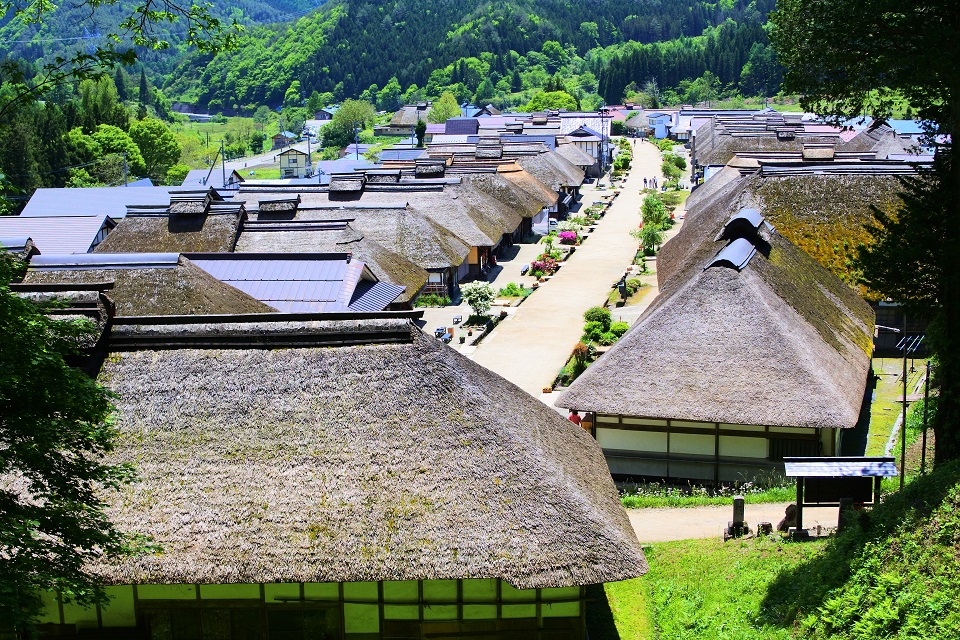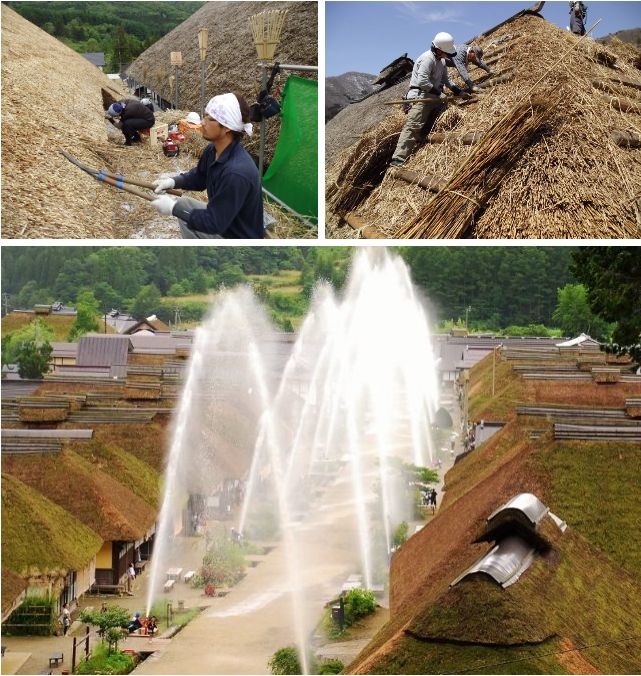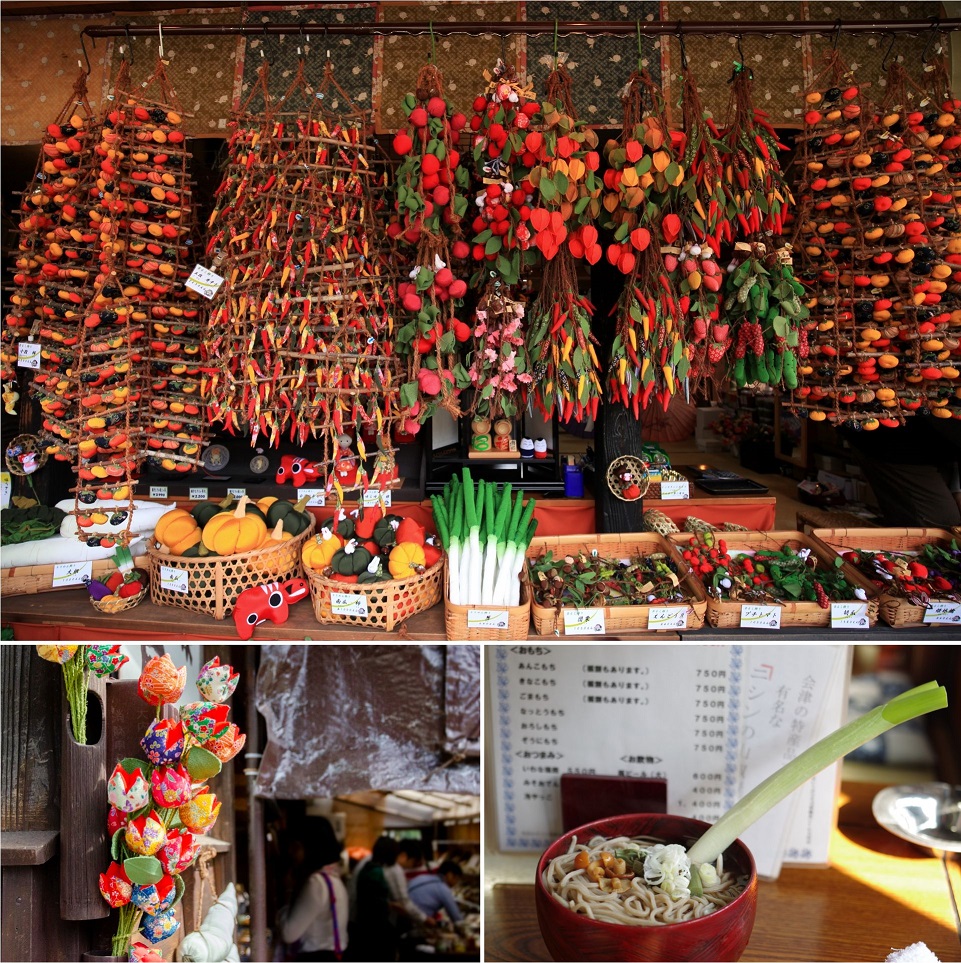-
- USA/Canada 1-800-285-2726
- Australia (02) 8006 4411

Nestled in a valley, Ouchijuku is a small post station in Fukushima that served a major purpose during Japan's Edo Period. During this time, travelers took the Aizu-Nishi Kaido to reach Nikko from Aizu. These travels were also done by foot as the result of regulations set by the shogunate at the time. Thus post stations like Ouchijuku where travelers can rest were crucial for their travels.
Today Ouchijuku has been restored to how it looked during the Edo time. Signs of modernization such as electricity and phone wires have been hidden and stores along the street are comprised of thatched roofs. As you walk along the unpaved streets of Ouchijuku, you will feel as though you are walking the streets of the Edo times. There are even minshukus or inns at which you can stay to gain a closer experience to what these travelers experienced.

A traditional thatched roof that has been remaining about 400 years are maintained by the villagers. The craftsmen called "Kayate" who has specialized skills lead the re-roofing work. The material for thatched roofs is Japanese pampas grass. It keeps the house cooler in the hot summer and warmer in the cold winter, but it is vulnerable to fire and spreads quickly once it burns. Therefore, at Ouchijuku, every year on September 1st, Disaster Prevention Day, water cannons are discharged all at once as part of disaster prevention drills. The time is about 3 minutes from 10 o'clock, and the scene is very spectacular.
In order to pass on the landscape of this important village and post station to future children, they created a resident charter and adhered to the three principles of "do not sell, do not lend, do not destroy" and preserve the landscape with traditional roofing which people are working on technology acquisition and succession.

You can freely wander the old street and soak up the atmosphere. There are souvenir shops, many offering traditional wooden toys and other handicrafts of the area as well as local food specialties.
Most famous dish of this area is "negi soba (noodle)" which is served with a single stick of leek ("negi"), and use this leek to eat the noodles.
Misawaya restaurant is the origin of this "negi soba" style in Ouchijuku. It used to be a liquor store, but now you can enjoy various local dishes. Often there is a line, but definitely it’s worth to stop by.
Join one of our Japan tour package including Hokkaido & Northern Japan area or add extended stay to capture this breathtaking scenery like stepping into a postcard.
130 Hot Springs, Volcanoes and Beautiful Scenery
The Historic Village of GOKAYAMA
UNESCO World Heritage Gassho-zukuri farmhouses
A history theme park depicting life during the Edo Period in Tochigi Prefecture
Popular tourist destination to experience the atmosphere of old Japanese port stations
Quiet Mountain Town in the Kiso Valley
Museum shows how the 15th century village of Edo grew to be Tokyo
Small village reproducing a town from the Edo and Meiji times
Many techniques came to Japan from the Asian continent and been refined
Noodles made of buckwheat flour